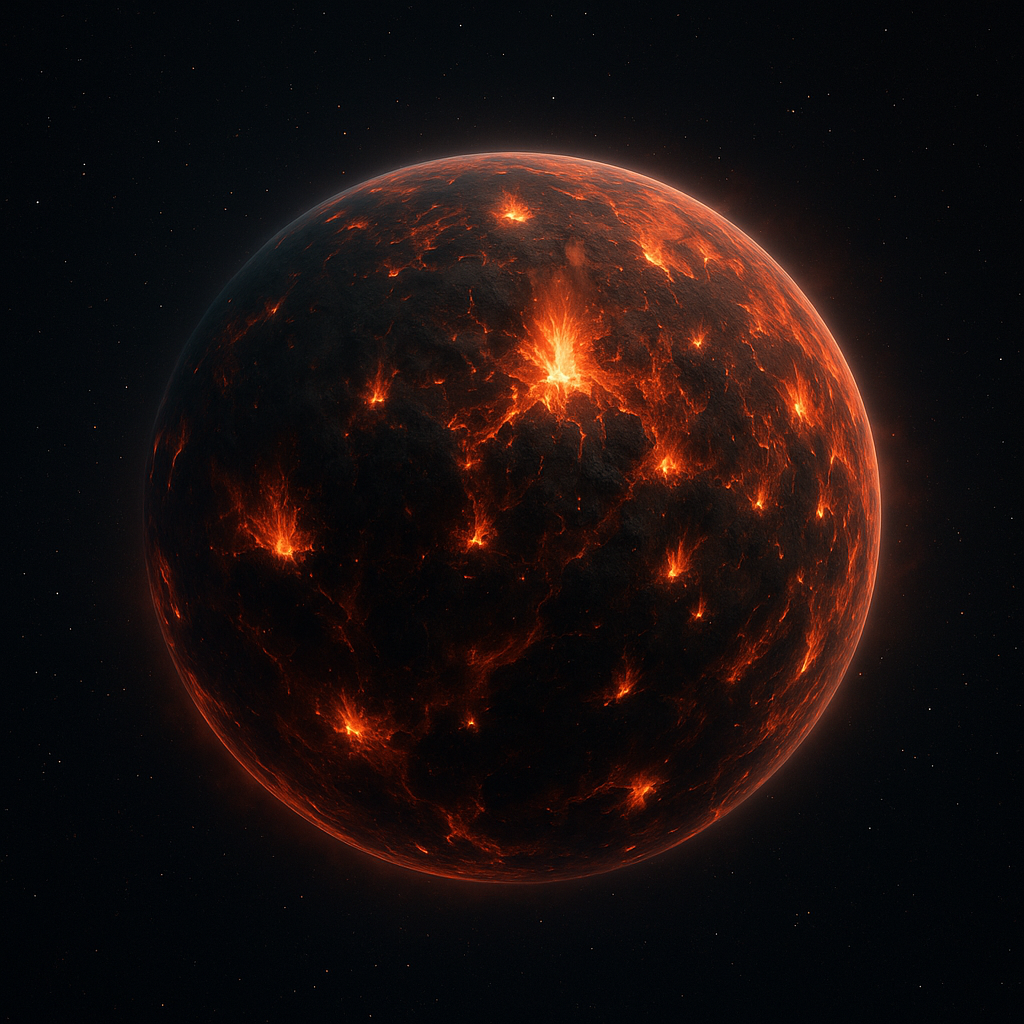Kh’Thal-Vor
Kh’Thal-Vor
Astrographical Information
Galaxy
Milky Way
Galactic ArmOuter Arm
SystemVorhess System
OrbitingVorhess (Red Giant Star)
Orbital positionFourth Planet
Orbital Distance2.73 AU (408,500,000 km)
Orbital characteristics
Aphelion 2.91 AU (435,400,000 km)
Perihelion 2.55 AU (381,600,000 km)
Semi-major axis 2.73 AU (408,500,000 km)
Eccentricity 0.062
Orbital period (sidereal) 985 days
Average orbital speed 24.1 km/s
Mean anomaly 134.6°
Inclination- 1.8° – Vorhess's equator
- 2.6° – invariable plane
- 3.4° – J2000 ecliptic
Longitude of ascending node 93.2°
Time of perihelion 492.3 days
Argument of perihelion 274.9°
Moon(s) 2
Physical Information
Diameter 41,640 km (25,879.1 mi)
Mean radius 20,820 km (12,939.5 mi)
Equatorial radius 20,830 km (12,945.6 mi)
Polar radius 20,810 km (12,933.3 mi)
Flattening 0.0010
Circumference- 130,968 km; equatorial
- 130,874 km; meridional
Land: 5,447,000,000 km²
Water: 0 km² (0.0% of Kh’Thal-Vor’s surface area)
Volume 3.78 × 10¹³ km³
Mass 5.54 × 10²⁷ kg
Mean density 46.8 g/cm³
Surface Gravity 147.15 m/s²
Moment of inertia factor 0.282
Escape velocity 150.3 km/s
Synodic rotation period 31.4 hours
Sidereal rotation period 31.1 hours
Equatorial rotation velocity 1,173.2 m/s
Axial tilt 6.7°
Albedo- 0.14 geometric
- 0.18 Bond
Temperature 892 K
Surface Temperature- 487°C (908.6°F) Min
- 701°C (1293.8°F) Mean
- 1,200°C (2192°F) Max
Surface absorbed dose rate 912 μGy/h
Surface equivalent dose rate 2,870 μSv/h
Apparent magnitude –5.1 to –5.4
Absolute magnitude (H) –3.6
Atmosphere
Surface pressure
506.72 kPa; 5.0 atm
Composition by volume- 42% Carbon Monoxide
- 18% Sulfur Trioxide
- 15% Nitrogen Oxides
- 11% Chlorine
- 7% Arsenic Vapors
- ≤7% Metal Aerosols (variable)
- <0.01% Water Vapor
- <0.01% Argon
- <0.01% Fluorine




Comments